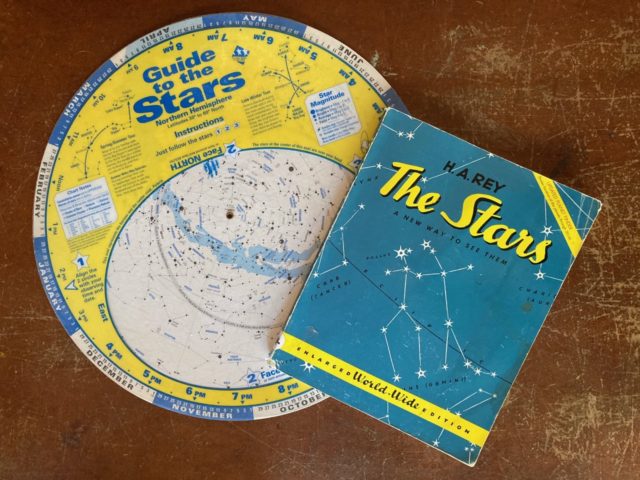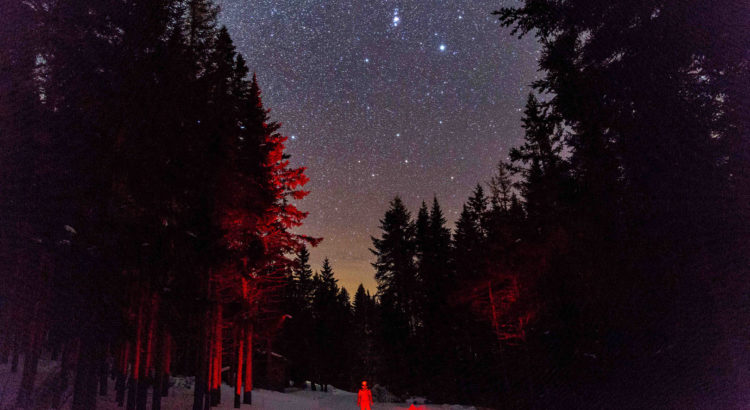Winter holds some of the best stargazing of the year. Although it is cold out, the reward of seeing some of the clearest stars of the year is well worth the effort. This is partly due to the cold air, which holds less moisture than warm air, making the sky much less hazy than the rest of the year. Long nights will also work in your favor, the sky gets fully dark at a reasonable hour, so there’s no need to lose any sleep.
To make the most of these great conditions while you can, here are a few basics to get you started:
1. Clear, moonless night
The best time to see the stars is when the moon is small in the sky. Like near a new moon! The next new moon is on March 13th. You’ll be able to see the stars in the sky, without the distraction of the moon’s glow for the next several weeks.
Also, avoid clouds in the sky. You can use this clear sky chart to see when conditions are best.
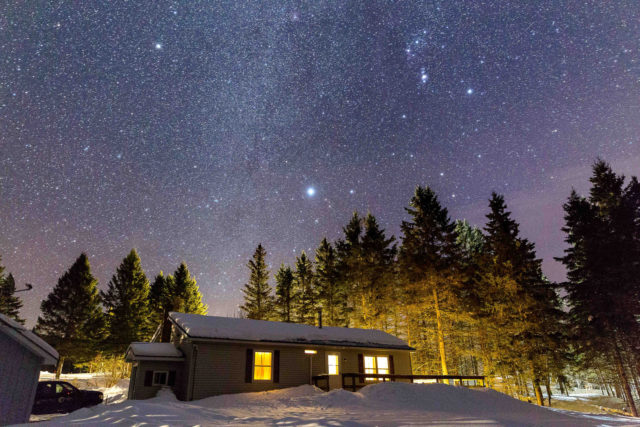
2. Open sky
Next, you’ll want to have an open sky, with nothing blocking your view. Find a spot that is devoid of too many trees, tall buildings, or anything blocking your ability to see the sky. Try a backyard or an open area at a state park. Any place will do, as long as you can see the wide open sky.
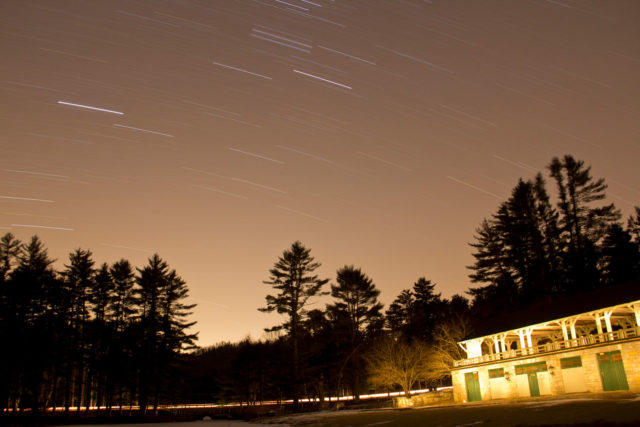
3. Avoid lights
Lights are a major deterrent to seeing the stars. Find a spot far from a city; as big cities emit massive amounts of light pollution. If in a city, try to avoid artificial lights on the outside (or inside) of buildings/houses and street lights. The more light, the less apparent the stars are.
This also means no cell phones! If you need to use a light while stargazing, try a red light. Red lights give you light to see and let you eyes see the stars.
Once at your stargazing location, take some time to let your eyes adjust to the darkness. This may take awhile, but the longer you’re in the dark the more stars you’ll see.

4. Water and snacks
Stay hydrated and bring snacks to sustain you on your adventure! These will help you stay outside to look at the stars for as long as you can!
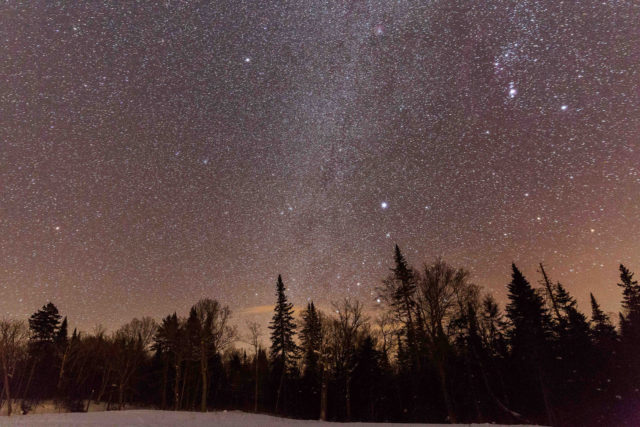
5. Layers
Winter is a great time to go stargazing because the long nights allow for more time outside. But this also means it’s cold out! Make sure you have hats, coats, gloves, and several blankets to stay warm. Winter is a good time to spot the constellation Orion! Spot him in the southwest sky around 10pm.
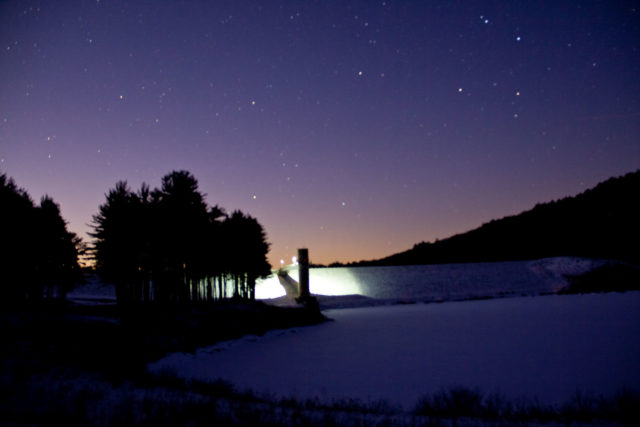
6. Star Guide/Sky Wheel
This is not necessary for stargazing. But having a star guide/sky wheel can help you learn where the constellations are in the sky, and the stories/myths behind them. If you aren’t looking to buy a guide, check one out from your local library or use this online sky chart before you venture outside.
You don’t need to be an expert to enjoy the stars. Once you find a dark place, take some time to look up at the cosmos. Find the popular Big Dipper/Ursa Major, the hunter Orion, or simply sit back and enjoy the view.
